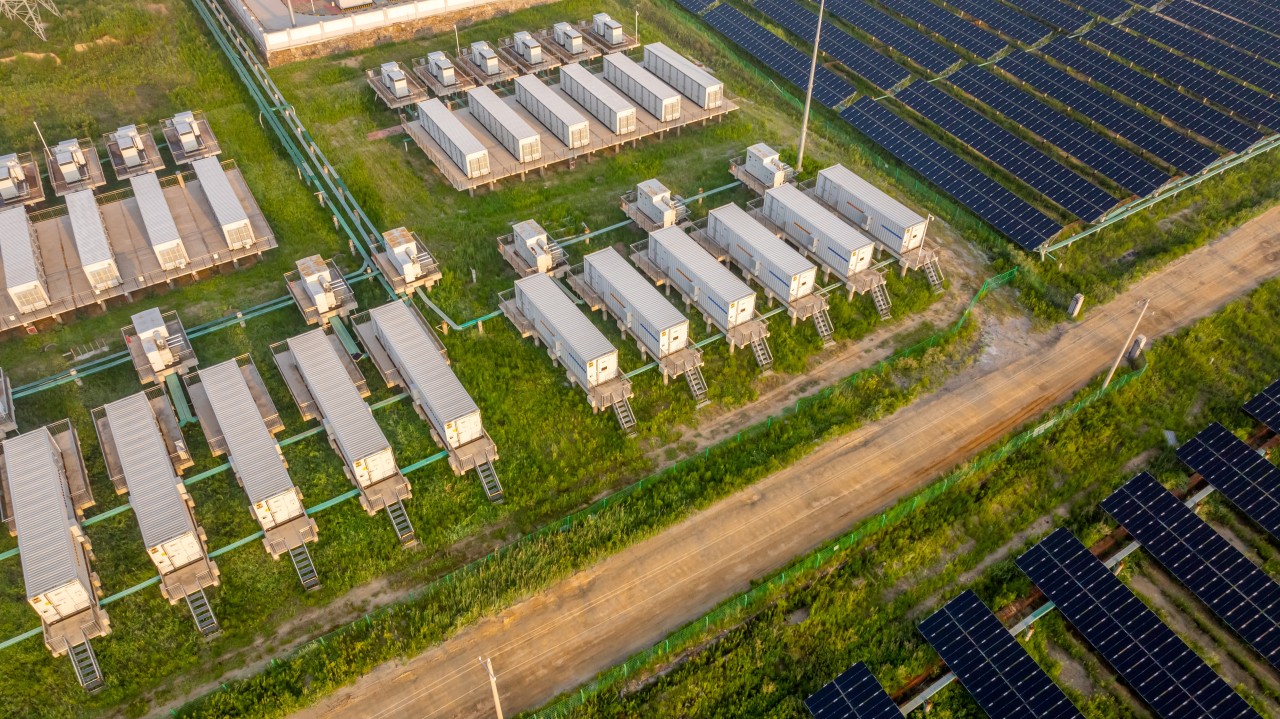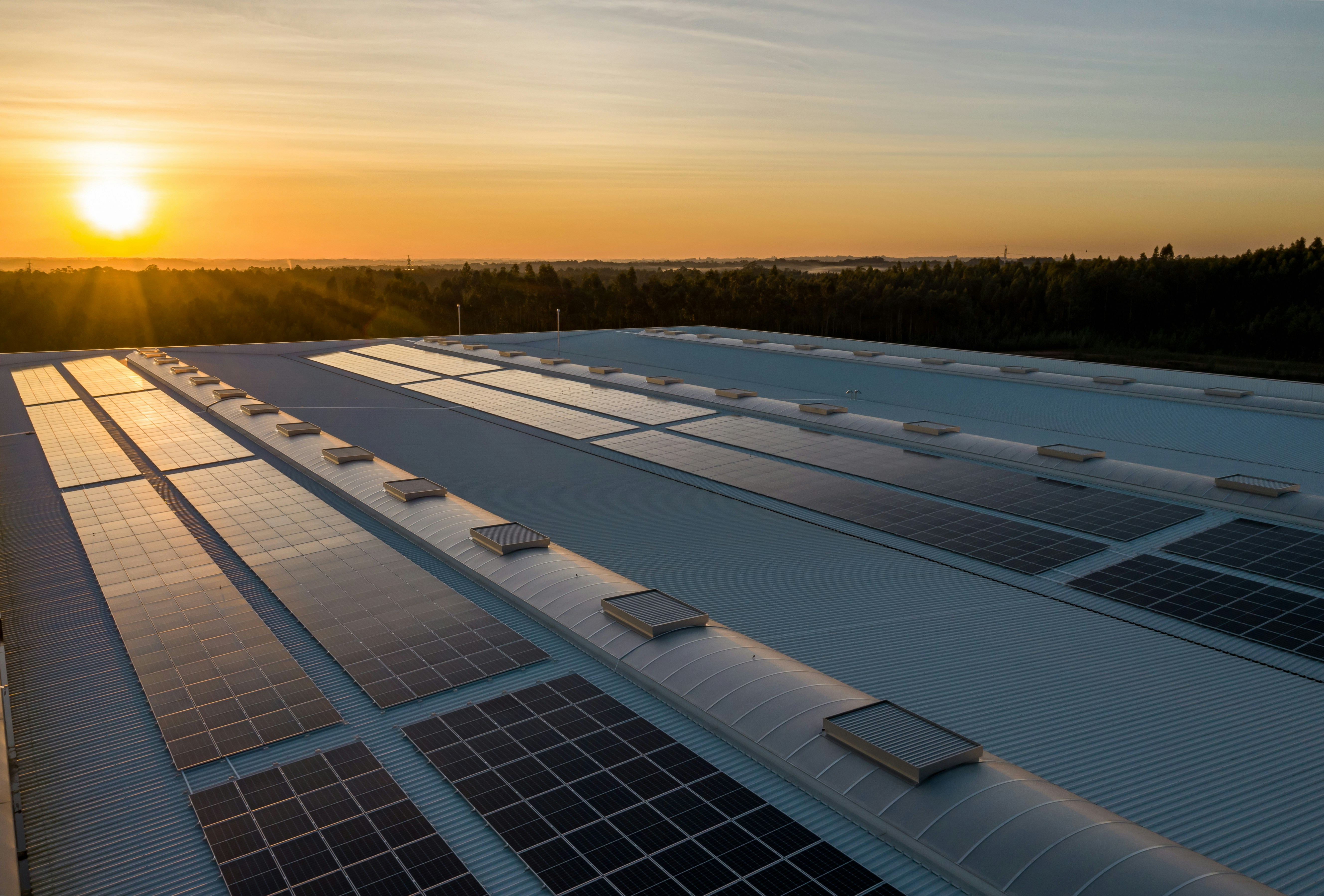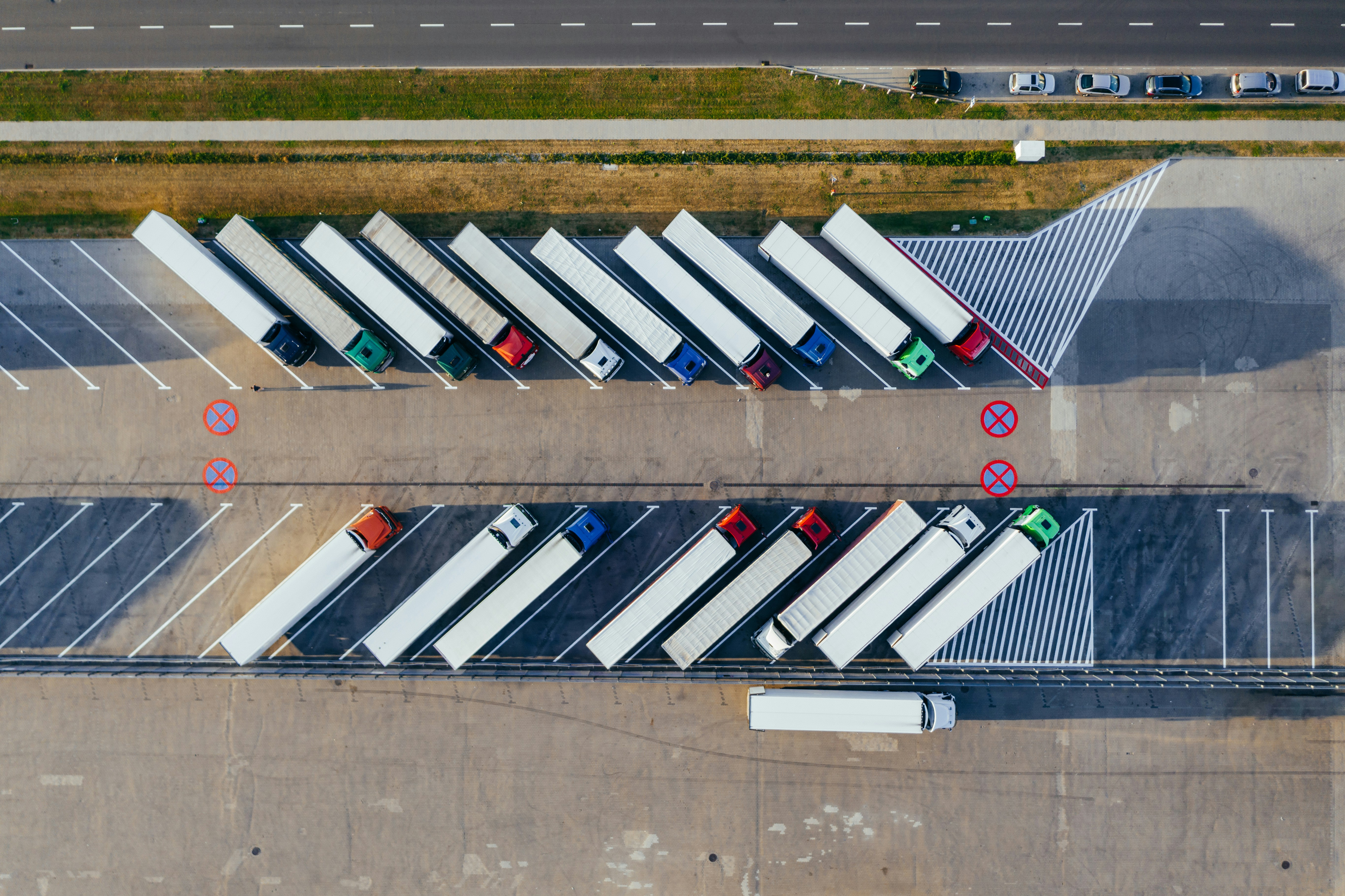Sodium ions: the new promise in battery technology?

Sodium-ion batteries are cheaper, more readily available, potentially more sustainable than Lithium-ion batteries, and are increasingly mentioned as the newest advancement in storage. With the energy transition demanding scalable, affordable and safe solutions, it sounds like a promising option. But is it really the breakthrough everyone is hoping for?
In pursuit of the ideal battery
Ever since the breakthrough of lithium-ion batteries came to the market 15 years ago, new innovations that promise to be safer, more compact, cheaper or more durable have cropped up – think solid-state batteries, silicon anodes, redox flow systems and, of course, the sodium-ion battery.
Yet none of these developments have led to a real step forward yet. Sodium-ion batteries seem promising because of cheaper and more readily available raw materials, but that advantage is quickly disappearing with the sharp decline in price of lithium-ion, especially Lithium Iron Phosphate (LFP) batteries.
Other technologies like solid-state batteries and redox flow are often expensive, complex and difficult to scale up. Moreover, investors rarely look beyond the next 15 years, making it less economically appealing to invest in systems with long lifespans.
LFP and NMC lead the way
The market is moving forward with two primary technologies: the aforementioned LFP and Nickel Manganese Cobalt (NMC) batteries. These two lithium-ion variants are now the backbone of both mobile and stationary energy storage.
An advantage to LFP is that it is long-lasting and contains no cobalt - a raw mineral associated with conflict mining. LFP is also safer (i.e. more thermally stable) and relatively inexpensive to produce. NMC is more compact and has a higher energy density. Both technologies are developing rapidly, but differ in terms of resource use, cost and stability.
For stationary applications, LFP is often the best choice. The lower energy density is not a problem because the system is stationary and usually placed in a basement, on a pasture or at a factory. Meanwhile, NMC is just right for mobile applications where space is scarce, such as smartphones, laptops or cars with a long range.
That said, LFP is catching up to NMC in mobile applications, especially in the automotive industry. Whereas initially NMC was mainly used because of its higher energy density, more than 50 percent of electric cars in China now have an LFP battery. Tesla also uses them in some models, because range is relative. Not every car needs to drive 500 kilometers on a single charge, and if reducing range means a lower price, that can translate into a real competitive advantage in the market.
Looking ahead
For stationary applications, the outlook is clear – LFP currently offers the best mix of price, safety and performance. We expect energy density to keep increasing and costs to continue to fall, which will make it increasingly difficult for alternative systems to gain traction.
Sodium-ion batteries could still play a role in the future, perhaps as a smart alternative for resource independence in Europe. However, we would need much more centralized coordination than we see today.
For mobile applications, the situation is somewhat more nuanced. NMC remains relevant because of the higher energy density, but we may still see a shift. If users are willing to make concessions on range in exchange for a lower price, LFP suddenly comes back into the picture as a viable option.
“The battery revolution may be delayed, but the silent evolution is in full swing.” - Michiel Wiggers, CTO
Advancements put into practice at iwell
At iwell, we started developing smart energy storage ten years ago. We buy the batteries and develop the Energy Management System (EMS), software that determines how and when a battery charges.
In the beginning, we used NMC, simply because it was the only readily available option at the time. But for the past four years, we’ve been working almost exclusively with LFP. Why? Because it is cheaper, more stable and safer, therefore making it more suitable for stationary storage.
This way of working makes us very flexible. If a breakthrough alternative emerges in the next five years, we’ll be well positioned to adapt.
Not a revolution, but evolution
Sodium-ion batteries are certainly a technology to keep an eye on – the early potential is there. But for now, lithium iron phosphate (LFP) leads the way, simply because it’s proven to work, continues to improve and is already fully embedded in the production chain. The battery revolution may be delayed, but the silent evolution is in full swing.



